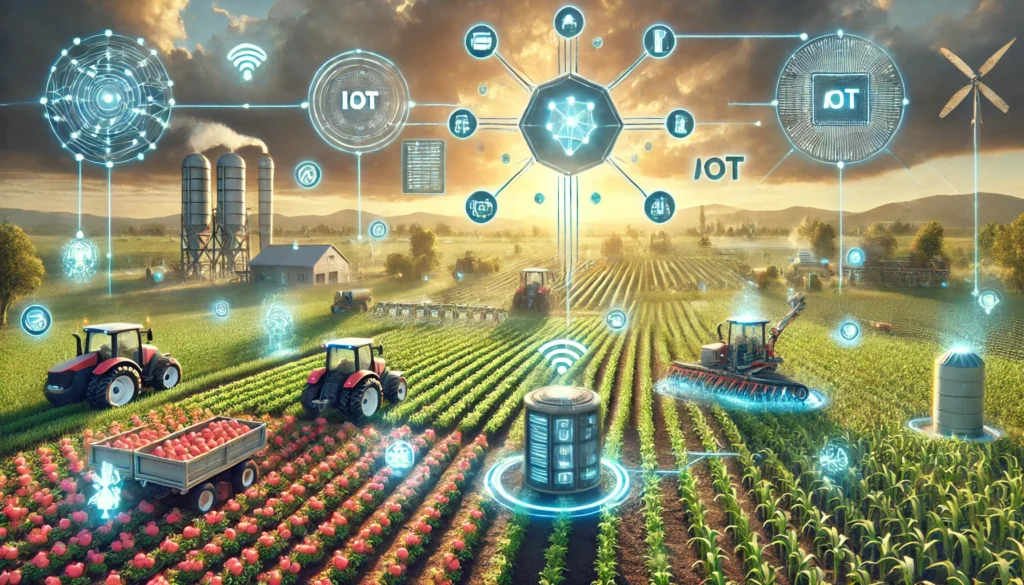In recent years, automated farming systems have transformed agriculture, paving the way for more efficient, sustainable, and precise farming methods. By integrating advanced technologies such as artificial intelligence, robotics, and IoT, these systems are reshaping traditional practices. This article delves into the evolution, functionality, applications, and economic impacts of automated farming, highlighting how these innovations are steering the future of agriculture.
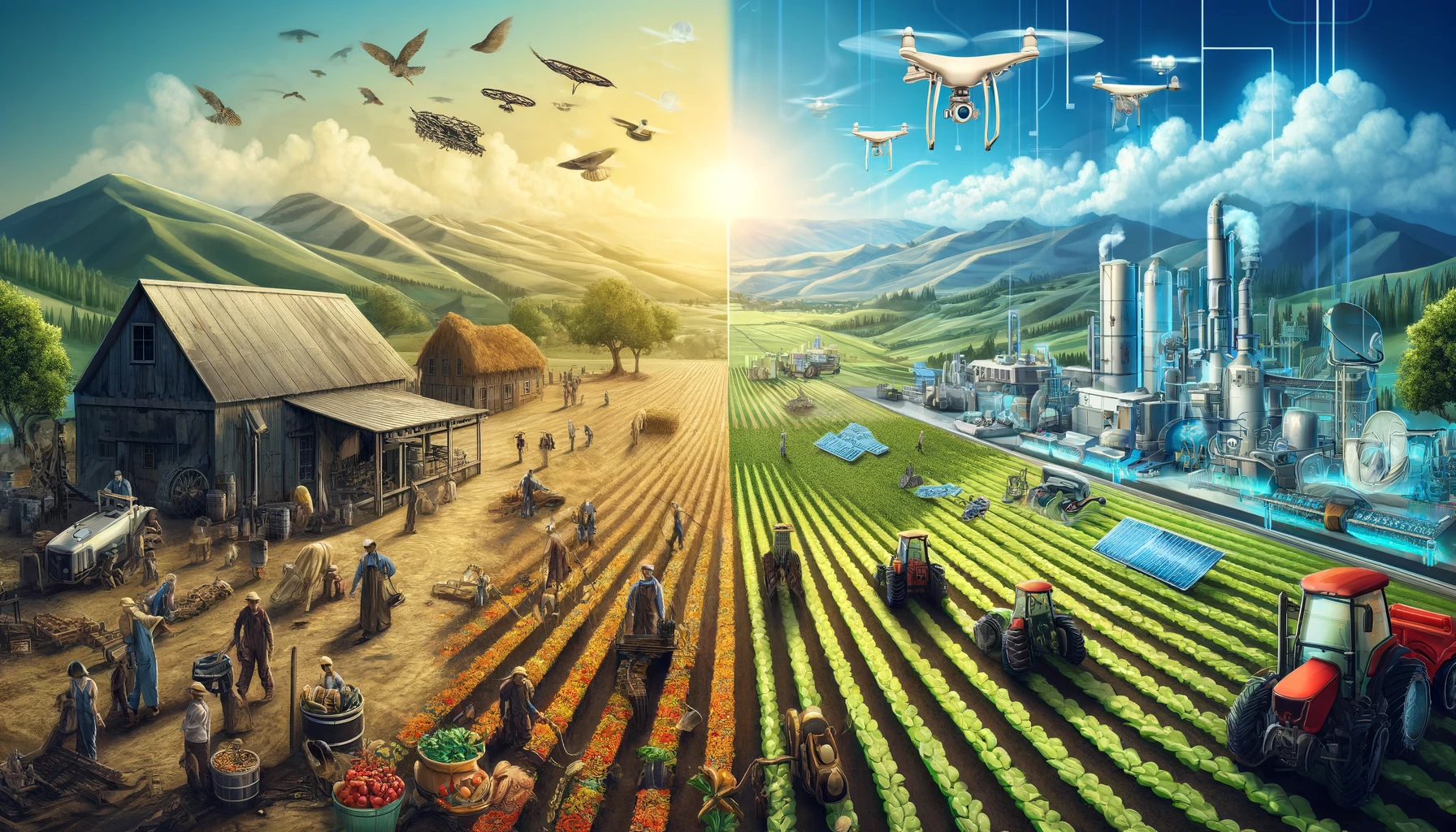
The Evolution of Farming: From Manual to Automated Systems
Traditional Farming vs. Automatic Farming Systems
Traditional farming relied heavily on manual labor, rudimentary tools, and natural cycles. While effective for centuries, it often led to inconsistent yields and inefficient resource use. Automated farming systems, on the other hand, utilize cutting-edge technologies like robotics and AI to optimize every stage of the farming process, from planting to harvesting. This shift ensures precision and scalability, addressing challenges like labor shortages and environmental concerns.
Traditional farming methods were also vulnerable to unpredictable weather patterns, pests, and diseases, often resulting in significant crop losses. Automated farming mitigates these risks by employing real-time monitoring and predictive analytics to adapt quickly to changing conditions. This evolution signifies a major leap in agricultural productivity and sustainability.
How Automated Farming Has Changed Over the Decades
Automated farming systems have evolved dramatically since their inception. Initially limited to mechanized tools like tractors, the integration of AI, IoT, and drones has revolutionized the sector. In the early stages, automation focused on improving physical labor tasks, such as plowing and harvesting. Today, the industry benefits from autonomous vehicles, drones, and robotics that handle complex tasks with minimal human intervention.
The 21st century has seen a surge in the adoption of data-driven farming technologies. With advancements in satellite imaging and machine learning, farmers can now predict yields, monitor crop health, and manage resources with pinpoint accuracy. This transformation has made farming more resilient and adaptable to global challenges such as climate change and population growth.
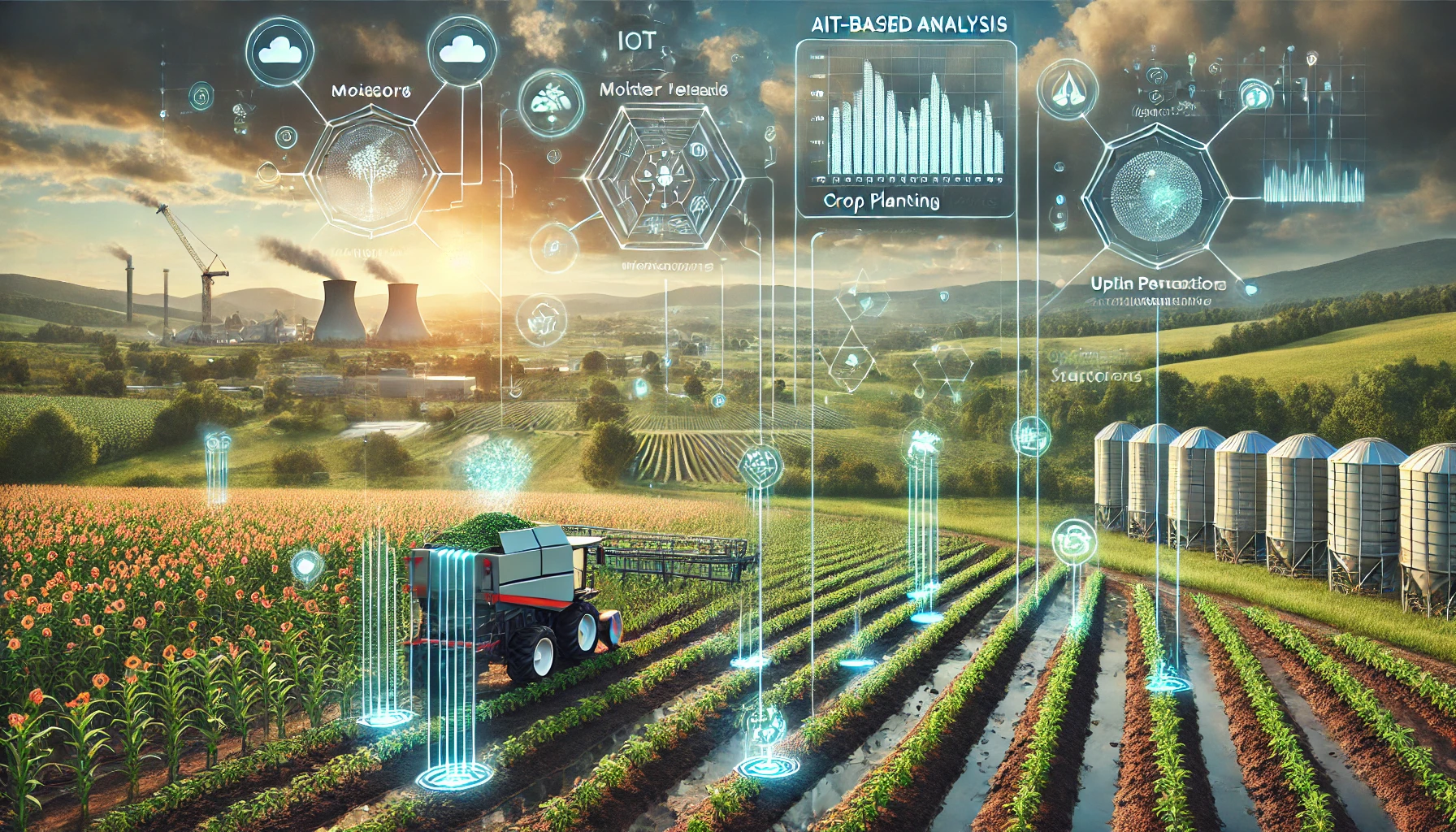
How Automated Farming Works
Key Components of Automated Farming Systems
Automated farming systems comprise several interrelated technologies designed to streamline agricultural processes. These include:
Sensors and IoT in Automated Planting
Sensors and IoT devices monitor soil conditions, moisture levels, and weather patterns, enabling precise planting and resource allocation. These devices ensure optimal conditions for crops, reducing waste and maximizing yield. IoT networks connect these sensors to a central system, providing farmers with real-time data to make informed decisions.
The Role of AI in Automatic Farming Systems
AI analyzes vast amounts of data to optimize decision-making in farming. From predicting crop diseases to identifying the best planting schedules, AI enhances efficiency and reduces risks associated with traditional farming practices. Machine learning algorithms continuously learn from historical data, improving the accuracy of predictions over time.
Automated Harvesters: How They Operate
Automated harvesters are equipped with advanced robotics and imaging technology to identify and pick crops at peak ripeness. These machines work tirelessly, reducing the reliance on manual labor and ensuring consistent quality. Sophisticated sensors allow these harvesters to differentiate between ripe and unripe crops, minimizing waste.
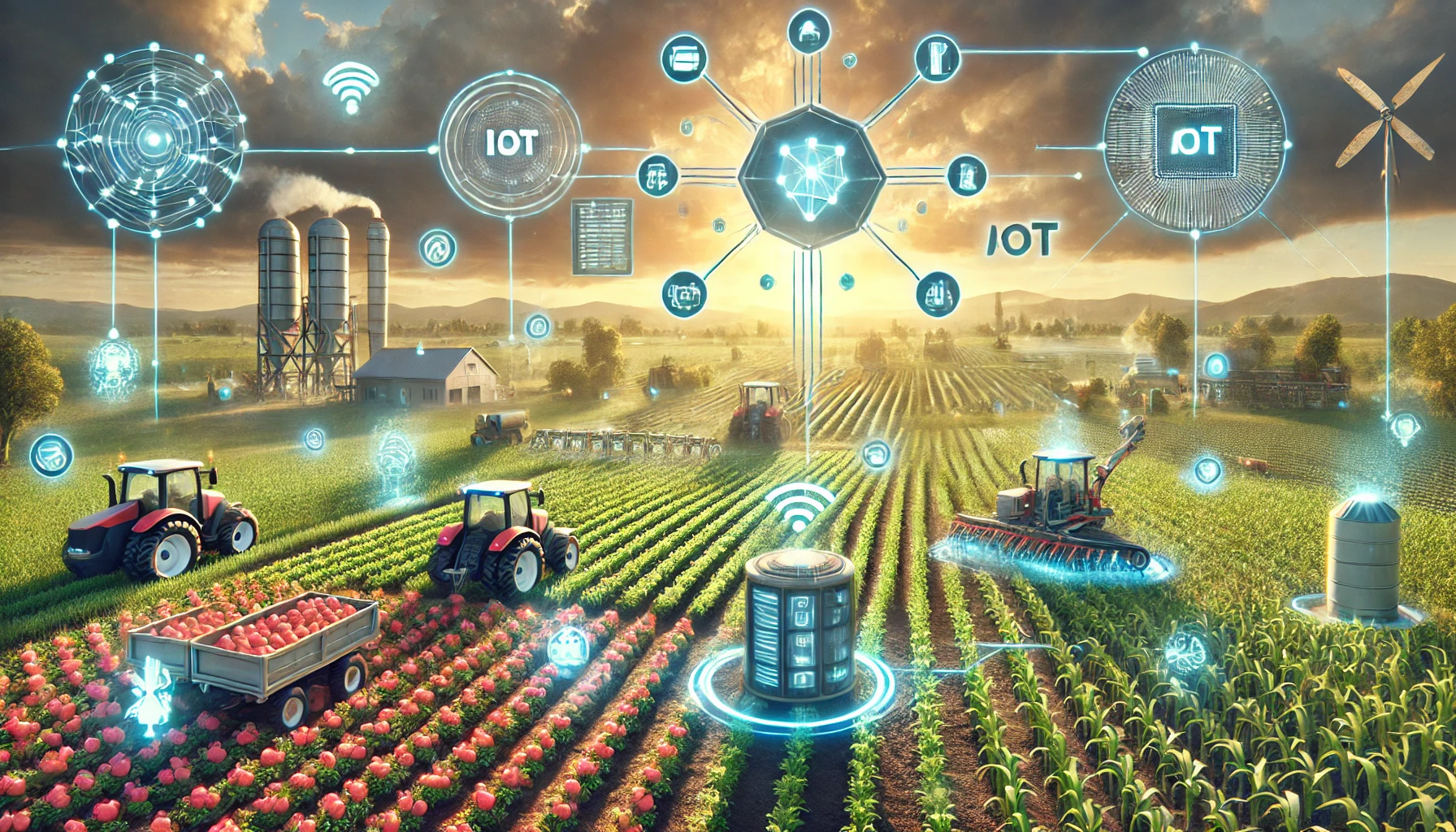
Applications of Automated Farming Systems
Automated Planting for Precision Agriculture
Precision agriculture leverages automated planting systems to sow seeds with incredible accuracy. This minimizes seed wastage and ensures even distribution, promoting healthier crop growth. Automated planters are often integrated with GPS technology, enabling farmers to map fields and optimize planting patterns.
Smart Irrigation in Automated Farming
Smart irrigation systems use sensors and real-time data to deliver water precisely where and when it is needed. This reduces water consumption and prevents over-irrigation, which can harm crops. Automated irrigation systems can also be programmed to adjust watering schedules based on weather forecasts, conserving water during rainy periods.
Drones and Robots in Crop Management
Drones and robots play a vital role in monitoring crop health, applying fertilizers, and managing pests. These technologies offer a bird’s-eye view of fields, identifying issues that may not be visible from the ground. Robots equipped with sprayers can target specific areas, reducing the need for widespread chemical application and promoting environmental sustainability.
How Crops Are Picked Automatically Using Robotics
Robotic systems equipped with cameras and AI algorithms identify ripe crops and harvest them with precision. This ensures minimal crop damage and reduces post-harvest losses. These robots are particularly useful for delicate crops like fruits, where manual picking is traditionally labor-intensive and time-consuming.
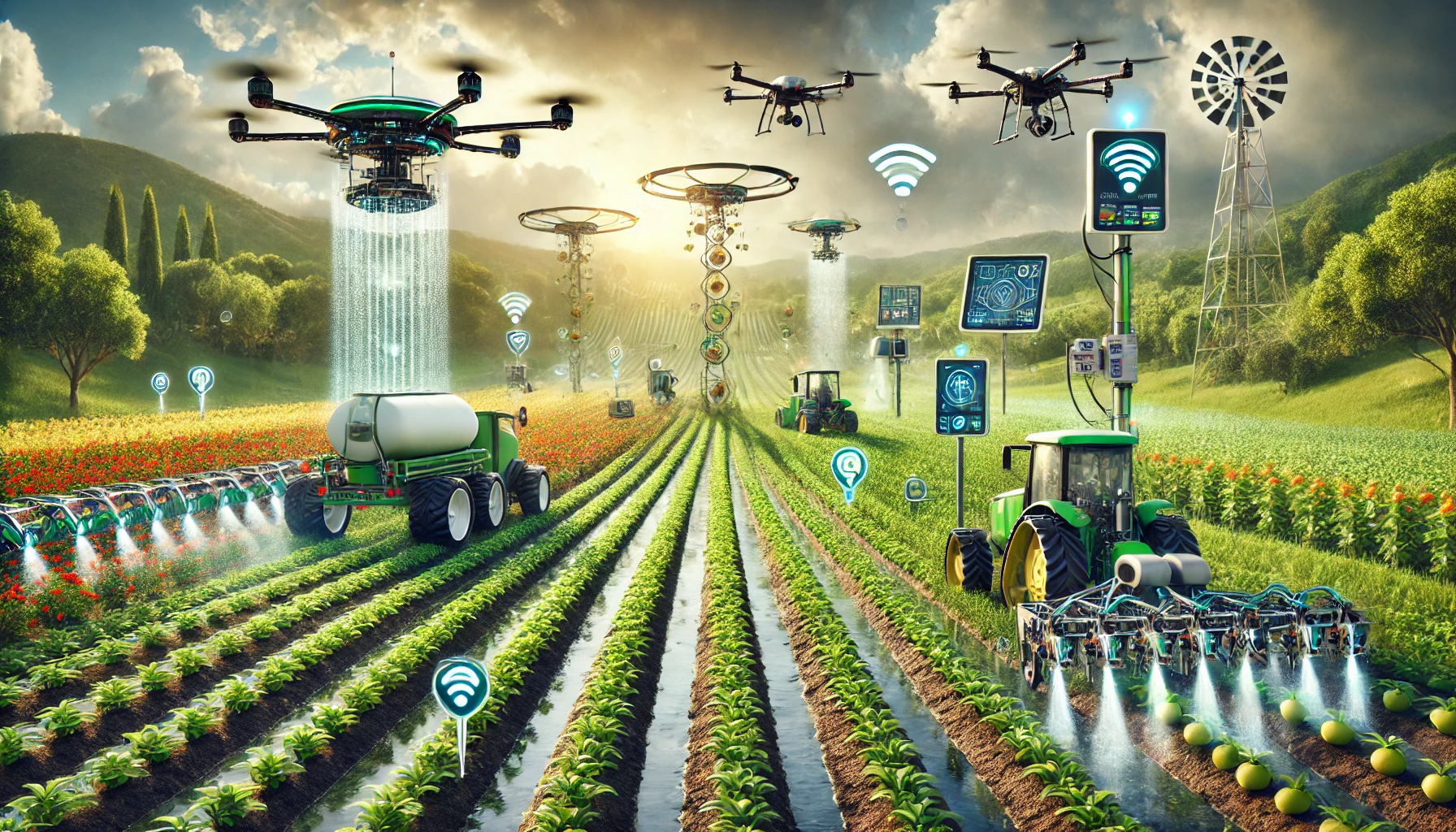
The Economic Impact of Automated Farming
Cost Savings with Automated Farming Systems
Automated farming systems significantly reduce operational costs. By minimizing the need for manual labor and optimizing resource usage, farmers can allocate their budgets more effectively. The initial investment in automation technologies is often offset by long-term savings in labor and resource expenditure.
Labor Reduction Through Automated Harvesters
Automated harvesters reduce dependency on seasonal labor, addressing workforce shortages and cutting labor expenses. This leads to a more sustainable and reliable farming model. By automating repetitive and physically demanding tasks, farmers can focus on strategic decision-making and innovation.
Increasing Yield Through Automated Planting Techniques
With precision planting and smart resource allocation, automated farming systems boost crop yields. Higher productivity translates to increased revenue for farmers while meeting the growing demand for food. Enhanced crop monitoring ensures timely interventions, reducing losses due to pests or diseases.
Challenges and Future Prospects of Automated Farming
While automated farming offers numerous benefits, challenges remain. High initial costs and the need for technical expertise can deter small-scale farmers. Additionally, concerns about data privacy and system vulnerabilities must be addressed to ensure widespread adoption.
The future of automated farming lies in further integration of technologies like blockchain for supply chain transparency and genetic engineering for resilient crop varieties. As these innovations continue to evolve, automated farming systems will play a pivotal role in achieving global food security.
Real-World Examples of Automated Farming Systems
Automated farming systems are no longer a thing of the future; they are actively reshaping agriculture worldwide. By leveraging robotics, AI, and precision technology, farmers can enhance productivity and reduce labor demands. Here are some compelling examples of how automation is transforming agriculture:
Success Stories of Automated Planting
From precision seeding to automated irrigation, planting systems are setting new standards in agricultural practices. In the Midwest U.S., farmers have adopted GPS-guided planting systems that not only ensure seeds are planted at the optimal depth and spacing but also reduce waste and maximize yield. For instance, some farms report a 20% increase in crop production within the first year of implementation. These systems also provide data analytics to help farmers make informed decisions about soil management and crop rotation.
Farms Using Automated Harvesters to Pick Crops Efficiently
Automated harvesters have become game-changers, particularly for labor-intensive crops like grapes, strawberries, and wheat. In Europe, large-scale vineyards use robotic harvesters equipped with advanced sensors to identify and pick ripe grapes with precision. These machines operate around the clock, significantly reducing labor costs and increasing efficiency. In Australia, robotic wheat harvesters have minimized post-harvest losses and ensured timely delivery to markets, meeting growing consumer demands.
Innovations in Fully Automatic Farming Operations
Fully automated farms are no longer a dream but a reality in many parts of the world. In Japan, vertical farms powered by automated systems are revolutionizing urban agriculture. These farms use robots to manage every aspect of crop production, from planting to harvesting, in a controlled indoor environment. This innovation not only eliminates dependency on weather conditions but also reduces water usage by up to 90%, making it a highly sustainable solution.
Myths and Misconceptions About Automated Farming
Despite its numerous advantages, automated farming systems face skepticism and misconceptions. Let’s debunk some of the most common myths and provide clarity on their true impact.
Are Automated Farming Systems Too Expensive?
One of the biggest concerns is the cost of automation. While the initial investment in automated farming systems can be high, the long-term savings on labor and resource management often outweigh the upfront costs. For example, precision irrigation systems not only reduce water usage by 30% but also lower energy costs. Additionally, government grants and subsidies are increasingly available to support farmers in adopting these technologies, making them accessible even to small and medium-sized farms.
Do Automatic Farming Systems Replace Farmers?
A common fear is that automation will lead to job losses in the agricultural sector. Automated systems are not meant to replace human labor, but to complement it.. Automated systems take over repetitive and labor-intensive tasks, freeing up farmers to focus on strategic planning, innovation, and improving crop quality. In fact, the rise of automated farming has created new job opportunities in tech development, equipment maintenance, and data analysis within the agricultural industry.
Addressing Fears About Automation in Agriculture
Concerns about job displacement and reliance on technology are valid but often overstated. Automation enables farmers to handle larger-scale operations efficiently, thereby creating a more competitive agricultural industry. Training programs and initiatives can help workers transition into tech-driven roles, ensuring that the human element remains integral to farming.
How to Get Started with Automated Farming Systems
For those looking to adopt automated farming, the process starts with choosing the right technology and implementing it effectively. Whether you’re a small-scale farmer or managing a commercial enterprise, there are solutions tailored to your needs.
Choosing the Right Automated Farming Technology
Automated Planting Tools for Small Farms
Small farms can benefit from user-friendly tools like seed-drilling machines and automated irrigation systems. These technologies enhance precision, reduce manual effort, and are designed with affordability in mind. For example, drip irrigation systems equipped with IoT sensors can monitor soil moisture levels and adjust water delivery in real-time, ensuring optimal hydration for crops.
Large-Scale Automatic Farming Systems for Commercial Use
Commercial farms have access to advanced technologies such as autonomous tractors and integrated farm management systems. Autonomous tractors equipped with GPS and AI can plow, seed, and fertilize fields with unmatched accuracy, reducing fuel consumption and labor costs. Integrated management systems provide real-time data on crop health, weather conditions, and market trends, enabling farmers to make data-driven decisions.
Steps to Implement Crops Picking Automation
- Assess Farm Needs: Begin by evaluating your farm’s specific challenges and identifying the areas where automation can provide the most value.
- Choose the Right Equipment: Research and invest in reliable tools and machinery that suit your farm’s scale and crop type.
- Train Staff: Ensure that your workforce is familiar with the new technologies through training programs and workshops.
- Monitor Performance: Regularly analyze the performance of automated systems to identify areas for improvement and ensure long-term efficiency.
FAQ (Frequently Asked Questions)
To address common questions about automated farming, here are detailed answers to frequently asked queries:
What Types of Technologies Are Used in Automatic Farming Systems?
Automated farming systems incorporate a range of advanced technologies, including:
- GPS-guided tractors: Enhance precision in planting and harvesting.
- Robotic harvesters: Automate the picking of crops with minimal waste.
- Smart irrigation systems: Optimize water usage and improve crop health.
- Drones for crop monitoring: Provide aerial imagery and data to assess crop conditions.
How Do Automated Planting Systems Increase Precision?
Automated planting systems utilize sensors and AI to analyze soil conditions, ensuring that seeds are planted at the ideal depth and spacing. This precision minimizes waste, improves germination rates, and maximizes yield potential.
Can Automated Farming Reduce Environmental Impact?
Yes, automated farming has significant environmental benefits:
- Water conservation: Smart irrigation systems reduce water usage by targeting specific areas.
- Soil preservation: Precision techniques minimize soil erosion and degradation.
- Energy efficiency: Advanced machinery consumes less energy, lowering the farm’s carbon footprint.
How Does Automated Planting Improve Resource Efficiency?
Automated planting systems optimize the use of resources such as water, fertilizers, and seeds. By distributing these inputs accurately, farmers can achieve higher productivity with lower costs and environmental impact.
Is Automated Planting Affordable for Small Farmers?
Many entry-level automation tools are designed with small farmers in mind. Additionally, financial incentives such as government grants and low-interest loans make it easier for small-scale operations to adopt these technologies.
What New Innovations Are Expected in Automated Harvesters?
The future of automated harvesters is exciting, with innovations such as:
- AI-powered sorting mechanisms: Automate the separation of ripe and unripe produce.
- Solar-powered machinery: Reduce energy costs and environmental impact.
- Enhanced mobility: Enable machines to navigate challenging terrains and weather conditions.

